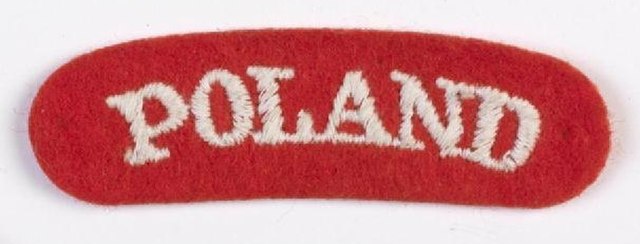10th Armoured Cavalry Brigade (Poland)
The Polish 10th Armoured Cavalry Brigade was an armoured formation of the Polish Armed Forces in the West. It was organized in France during World War II as part of the Polish Army in France, mostly by veterans of the 10th Motorized Cavalry Brigade who managed to escape from German and Soviet occupied Poland. Led by General Stanisław Maczek, it took part in the Battle of France in May 1940. It was later reformed in Great Britain as a part of the 1st Armoured Division.
R35 tanks of the 1st Polish battalion of tanks in France, June 1940.
Leopard 2A4 of the brigade, December 2005
Image: 1 Pulk Czołgow Wojska Polskiego we Francji czolgi Renault podczas postoju NAC 18 264 6
Polish Armed Forces in the West
The Polish Armed Forces in the West refers to the Polish military formations formed to fight alongside the Western Allies against Nazi Germany and its allies during World War II. Polish forces were also raised within Soviet territories; these were the Polish Armed Forces in the East.
Shoulder sleeve insignia of the Polish Armed Forces in the West
Polish soldiers welcomed by the residents of Breda, Netherlands, 1944
Polish military grave (the text reads "unknown soldiers") in the cemetery at Grainville-Langannerie, France
126 German airplanes shot down by the 303 Squadron during the Battle of Britain. Painted on a Hurricane.







